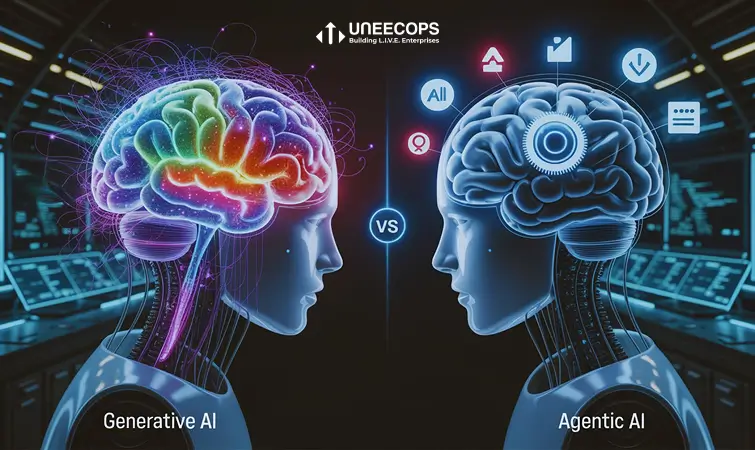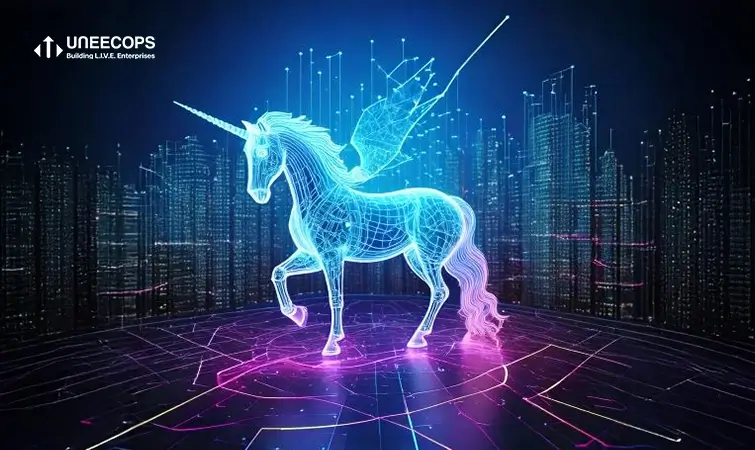“Logistics is the process of planning, implementing, and controlling the efficient, effective flow and storage of goods, services, and related information from point of origin to point of consumption for the purpose of conforming to customer requirements.”
Logistics bridges the gap between manufacturers and customers. While India has the potential of tens of billions of dollars’ worth e-commerce transactions every year, it depends a lot on how efficient and quick the logistics are. The cost of logistics needs to be minimum due to razor thin margins. At the same time, the lesser the gap between a customer placing an order and receiving the product, the closer the experience to brick and mortar models.
The rise of internet-based E-Commerce Giants
India has the world’s largest potential E-Commerce customer base via the mobile penetration and the sheer magnitude of its population. It is no surprise, that big E-Commerce portals are being set up in India as well as foreign companies are setting up their base in India. Billions of dollars are being poured in every year. As a natural process, these companies are setting up web portals, mobile apps to reach out to every potential customer.
The use of Automation in Warehouses
E-Commerce volume in India is already in billions of dollars. On certain days when any E-Commerce giant decides to launch a special scheme to sell products at discounted rates, the sales from a single day alone are in multiples of billions of dollars. To support such high quantity sales, these giants are bringing in rapid innovation via use of warehousing software and devices to make the most efficient use of time. Although, in India labor costs are pretty low, but, the systems are in place to bring in robotics if required. This, however, may not happen for a very long time.
The use of internet-based Apps for Tracking and Managing Logistics
Internet-based Apps are used for tracking and managing logistics. Products are tracked from the time they leave the warehouse to the time they are delivered to the customer. While this brings in a lot of transparency, it also enables data collection used for analysis using Business Intelligence tools. The analysis is critical to identify bottlenecks in logistics and taking action to eliminate them.
Introduction of Mobile Internet at 4G speed across the country
Accessing apps in rural areas was a pain until recent times, most of the country’s ISPs rolled out 4G-connectivity. This will help more real time inputs and change the way logistics is planned.
Online and Mobile payments
A major portion of the logistics in India is cash-on-delivery. However, with the Government emphasis on use of cashless options, mobile payments and online payments will rise. This reduces the burden on logistics personal to handle cash and makes them more focused on delivering packages.
Use of RFID and similar technologies to automatically collect tolls and reduce the wait times
In a very recent announcement, the Government has asked the ministry of transportation to initiate the process of private and commercial vehicles to have toll collection chips installed in the vehicles that can be configured. This will help reduce the wait times for toll collection in a lot of areas for products that are moved to and from warehouses via road transport.
Conclusion
Logistics throughout the world is undergoing technological revolution. India is no exception. However, in India the revolution is also mindful of the fact that it has a large labor force that is available for work at a very low cost. The use of technology in India will have a different perspective than that of countries with much smaller population and higher cost of labor.







